Wedding photography may very well be one of the hardest and most stressful of the photography careers. You are not only out there trying to perfect your art, coming up with creative ways to capture the pure joy of the day, but you have to please the bride, the groom, and sometimes most importantly, the bride’s mother. That’s a lot of pressure. But here are some tips to help you create breathtaking wedding portraits that everyone will love:
Wedding and portrait photographer Moshe Zusman knows the importance of using off-camera lighting for wedding portrait sessions. He says that as most photographers grow and become more creative, they want to use off-camera flash. But with that, you need to know how to use different tools and light shapers to perfect off-camera lighting.
To create additional light for your photo, you can use a number of products:
- Canon Speedlites (or any brand)
- Other strobes and different triggering systems like PocketWizard
- Air systems like Profoto
If the wedding day is a soft, overcast day, then lighting is not a problem. But, lots of times, you don’t get that lucky. You often have weird mix of lighting, shadows, or harsh sun. So Zusman says it’s best to bring your own lighting. He’ll use as little as one or two speedlites in a softbox, but if he needs to overpower the sun or create a much stronger, more dramatic lighting, he goes with the Profoto Acute 2R.
Shaping Light
For light shaping, he prefers anything that’s gridded, typically a 2×3 or 3×4 softbox with a grid. The grid creates a 50-degree angle of light and not 120 or 170, depending on the softbox being used. It lets him create a softer look or a harsher look and gives him more room for creativity.
If you’re using available light, you often have to overexpose or underexpose, and you can’t always balance the exposure between your background and your couples. But, with off-camera lighting, you can balance that. And you get a lot more detail and true color in the skin tones.
During the Ceremony
Since you typically aren’t allowed to use flash during a wedding ceremony–only during the processional when the couple is walking down the aisle or at the end–Zusman uses an on-camera flash and dials down the TTL just a little so as to not overexpose people. If he is allowed to use flash during the ceremony, he will use small speedlites in the corners of the room to bounce the light.
Posed Portraits
After the ceremony, he builds a small studio onsite to create the formal portraits of the couple and their families at the altar. For traditional studio lighting, he brings a key light which he raises on a 12-foot light stand, a fill light to mirror the key light from the other side, and at least one or two rim lights to separate people from the background even more.
For the key light, Zusman prefers to use the easiest and most portable light diffuser—an umbrella. Typically, a white umbrella. The bigger the umbrella, the bigger the light source and the softer the quality of light.
If photographing a large group like a wedding party or family, Zusman tries to avoid drop shadows from one person to the other by bringing the key and fill lights closer to the camera.
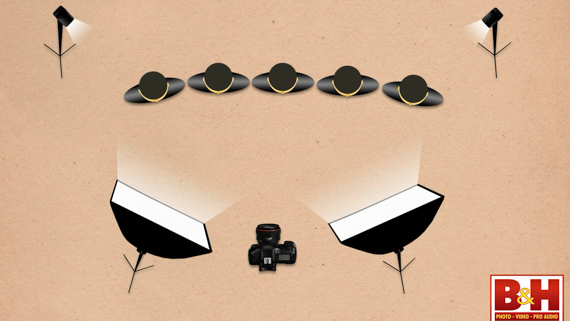
Lighting setup for a large wedding party.
“The lighting will be a little more flat, but much safer.”
When it comes to wedding photos, you want to create beautiful, striking images that the bride and groom (and the bride’s mother!) will be happy with for the rest of their lives. These tips will help you produce perfect portraits that really capture the romantic day and the emotions around it.
Like This Article?
Don't Miss The Next One!
Join over 100,000 photographers of all experience levels who receive our free photography tips and articles to stay current:
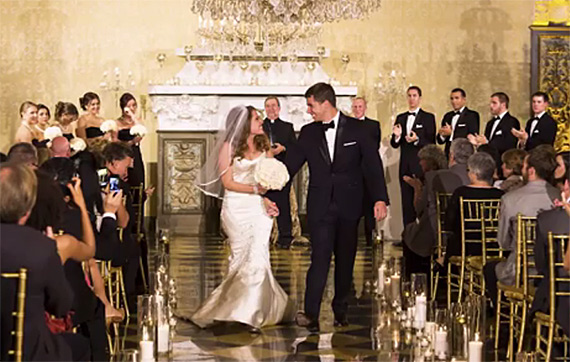
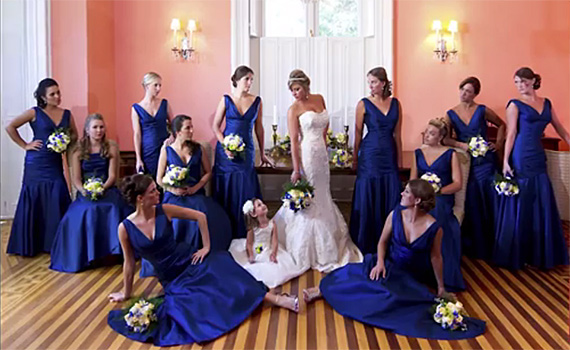


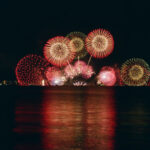
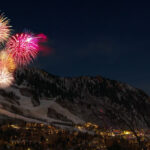
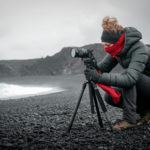

These tips are really great and helpful during the formal portraits shots. Thank you for writing.